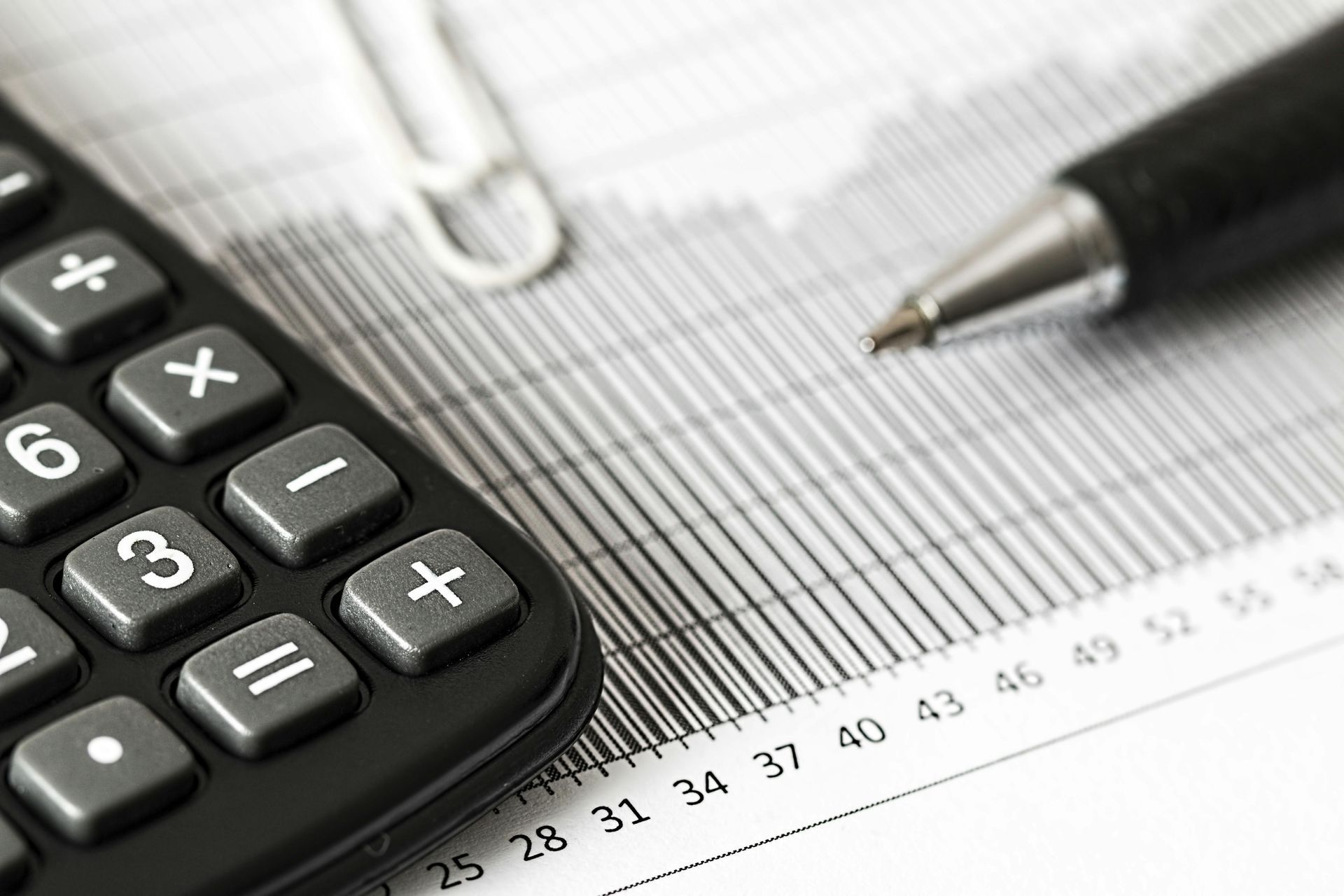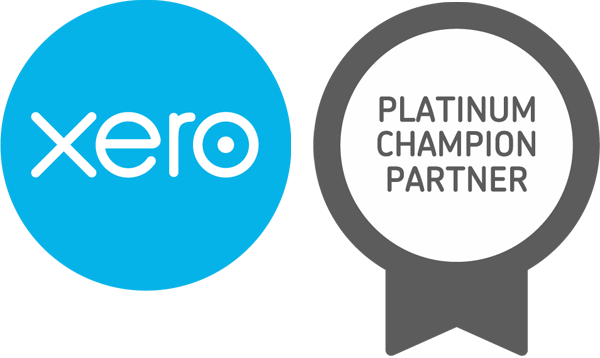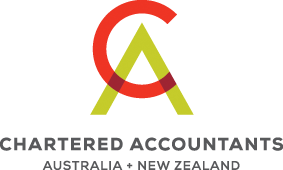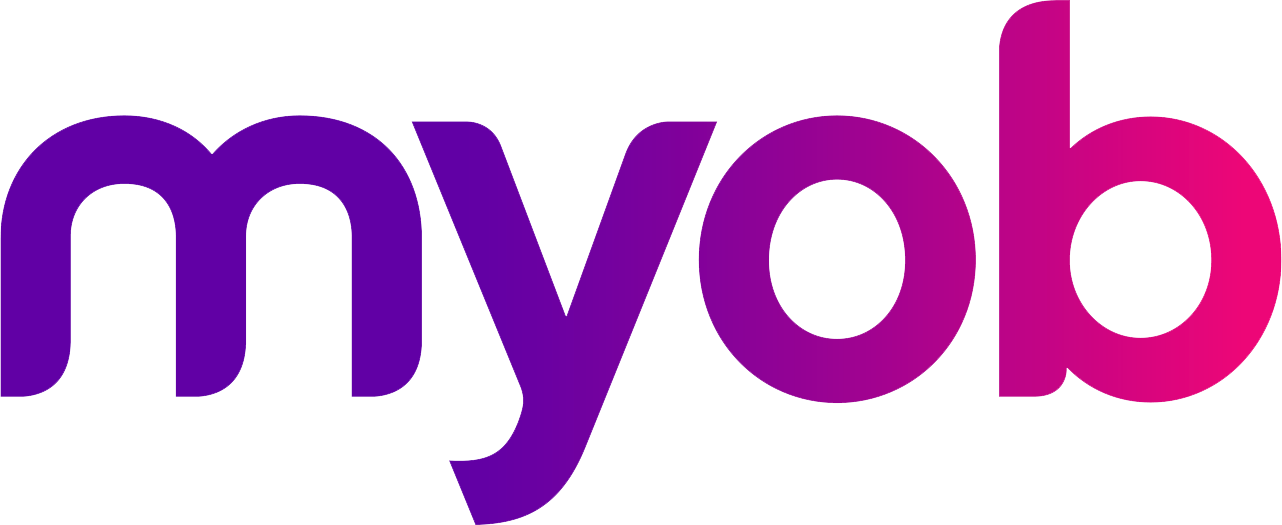ATO - Move from Quarterly to Monthly BAS!
If you operate a small business and have a history of failing to comply with your tax obligations, the Australian Taxation Office (ATO) can move you from quarterly to monthly reporting as part of their corrective action.
From March 2025, small businesses that have a history of failing to comply will start to receive communication from the ATO notifying them of their new monthly reporting cycle effective from 1 April 2025.
These businesses have not responded to previous communications from the ATO and demonstrate a poor compliance history, for example:
- Paying late or not paying the amount due
- Not lodging or lodging late
- Reporting your tax obligations incorrectly.
The ATO will notify you in writing if they move you to monthly GST reporting. After 12 months, you can request a change back to quarterly reporting. The ATO will only do this if they are satisfied that you are complying with your obligations.
GIC Deductability
The Federal Government has announced a plan that general interest charges (GIC) and shortfall interest charges (SIC) incurred on or after 1 July 2025 will no longer be deductible.
This is aimed at addressing the increase in tax debt by incentivizing taxpayers to correctly self-assess their tax liabilities and pay on time.
If enacted without amendments, it may have significant implications for taxpayers. Whilst the coming Federal Election may delay or even prevent this change from becoming law, it is crucial to be aware of the possible outcome.
For more information. Click Here. or call us on 03) 5571 0111









